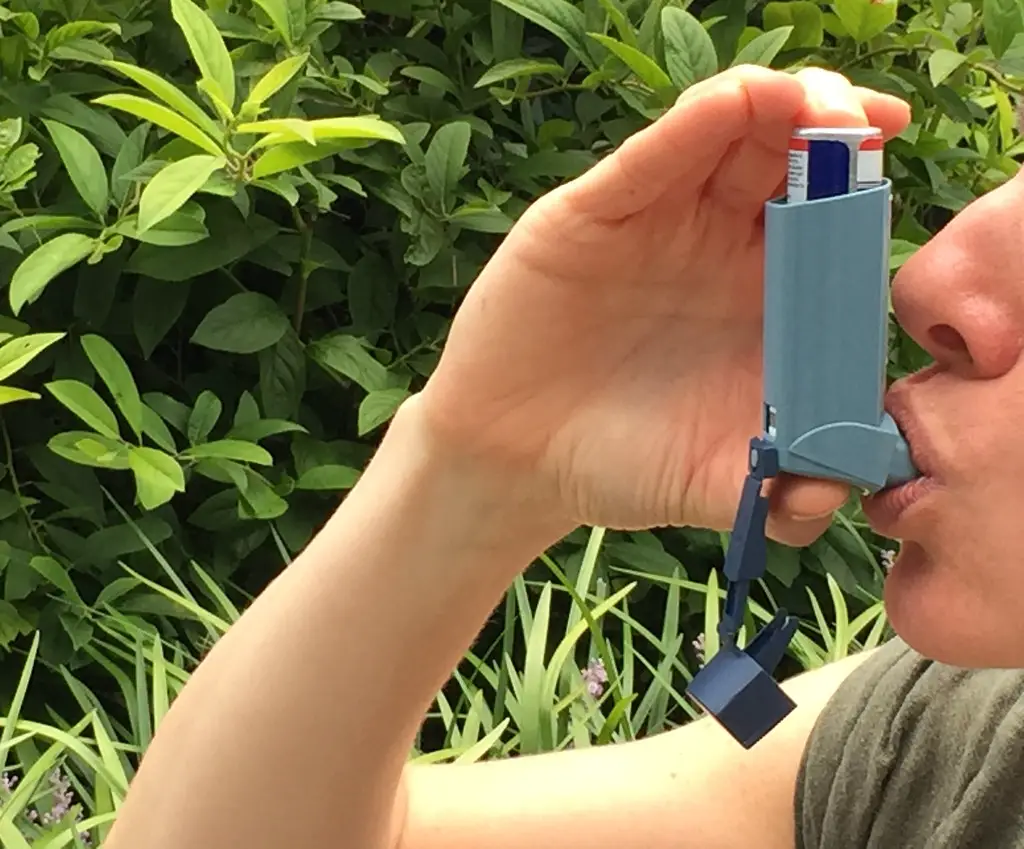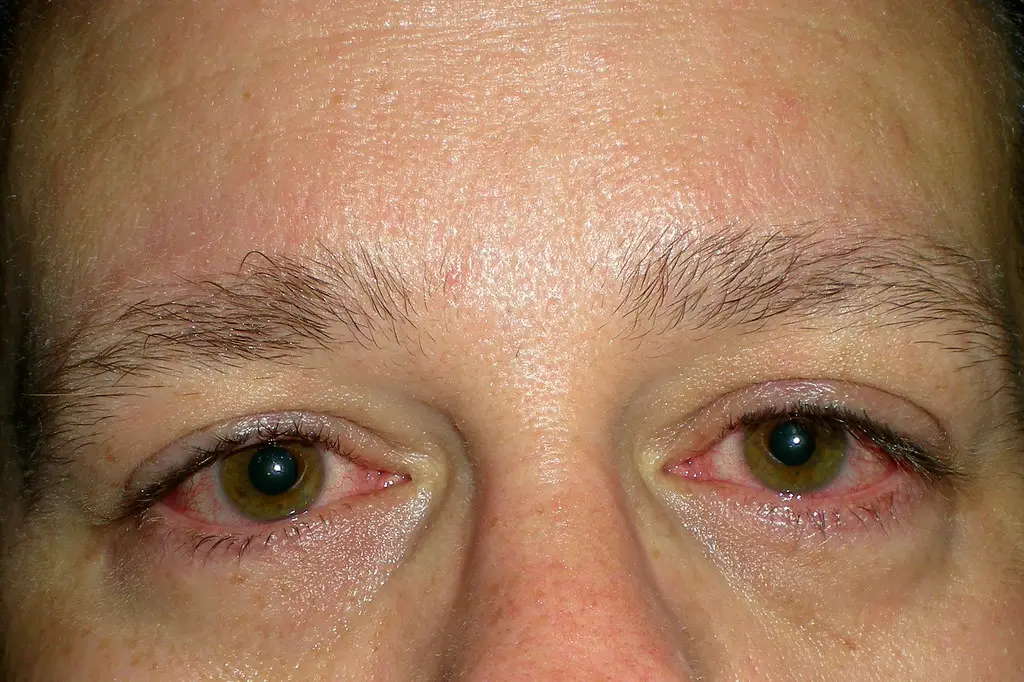You ever wake up one day after 50 and think, “Why does everything hurt… and why am I suddenly allergic to my favorite cheese?” Yeah, welcome to the not-so-fun part of aging: silent inflammation. It’s like your body invited tiny fire-starters to live rent-free in your joints, gut, and even your brain—and they’re throwing parties you never RSVP’d to. The worst part? You might not even feel inflamed—until one day, your knees are stiff, your energy’s zapped, and your mood’s swinging harder than a ‘90s mixtape.
But don’t worry—we’re about to expose these sneaky saboteurs. From your lungs to your liver, these are the hidden inflammations creeping in after 50 that no one warned you about. Think of this as your body’s secret burn book… and it’s about time we started highlighting the troublemakers.
1. The Slow Burn of Inflammaging

You know how your phone battery doesn’t hold a charge like it used to? That’s kind of what’s happening inside your body with inflammaging. It’s this chronic, low-grade inflammation that builds up over time, making you feel more tired, achy, and just not quite yourself. According to researchers at Brown University, this kind of inflammation is linked to a host of age-related diseases, including heart disease, diabetes, and even Alzheimer’s. It’s like your body’s internal fire alarm is constantly going off, but there’s no fire to put out.
The tricky part is that inflammaging doesn’t come with obvious symptoms. You might just feel a bit more sluggish or notice that your recovery time from workouts is longer. But over time, this constant state of inflammation can wear down your body’s systems, making you more susceptible to chronic diseases. The good news? Lifestyle changes like a healthy diet, regular exercise, and stress management can help keep inflammaging at bay. It’s like giving your body a much-needed tune-up to keep it running smoothly.
2. The Gut-Brain Axis: When Your Belly Talks Back

Your gut and brain are in constant communication, and when inflammation hits your digestive system, it can mess with your mood, memory, and more. This gut-brain axis is like a two-way street, and when traffic gets backed up due to inflammation, it can lead to a host of issues. Nature explains that chronic inflammation in the gut is linked to cognitive decline and neurodegenerative diseases. It’s like your gut is sending distress signals to your brain, and over time, this can take a toll on your mental health.
The culprits? Poor diet, stress, and lack of sleep can all contribute to gut inflammation. And as we age, our gut microbiome changes, making it more susceptible to these inflammatory triggers. But don’t worry, it’s not all doom and gloom. Incorporating probiotics, fiber-rich foods, and stress-reducing activities into your routine can help keep your gut—and your brain—happy. Think of it as giving your digestive system a little TLC, which in turn, keeps your mind sharp and mood balanced.
3. The Skin You’re In: Inflammaging’s Visible Effects

Ever notice how your skin doesn’t bounce back like it used to? That’s inflammaging at work. This chronic inflammation affects your skin’s elasticity, leading to wrinkles, sagging, and a dull complexion. According to Glamour, inflammaging damages collagen and elastin, the proteins that keep your skin firm and youthful. It’s like your skin’s support system is slowly breaking down, making you look older than you feel.
But it’s not just about vanity. Inflammaging can also compromise your skin’s barrier function, making it more susceptible to irritants and infections. The good news is that you can fight back. Using skincare products with antioxidants, wearing sunscreen, and maintaining a healthy diet rich in anti-inflammatory foods can help protect your skin from the inside out. It’s like giving your skin a suit of armor to fend off the effects of time and inflammation.
4. The Silent Threat to Your Heart

Heart disease doesn’t always announce itself with a dramatic heart attack. Often, it’s the result of years of silent inflammation damaging your arteries. Per the Times of India, chronic inflammation can lead to the buildup of plaque in your arteries, increasing the risk of heart attacks and strokes. It’s like rust slowly corroding your car’s engine—by the time you notice, significant damage has already been done.
The scary part is that you might not feel any symptoms until it’s too late. But there are steps you can take to reduce your risk. Regular exercise, a heart-healthy diet, and managing stress can all help lower inflammation levels. It’s about making consistent, healthy choices that keep your heart in tip-top shape. Think of it as routine maintenance for your most vital organ.
5. The Joint Pain You Can’t Ignore

Aching joints aren’t just a sign of getting older—they can be a symptom of chronic inflammation. Conditions like osteoarthritis and rheumatoid arthritis are fueled by inflammation that wears down cartilage and causes pain. A report by Verywell Health explains that this kind of inflammation can lead to stiffness, swelling, and decreased mobility. It’s like the oil in your joints has dried up, causing friction and discomfort with every movement.
But you don’t have to accept joint pain as an inevitable part of aging. Low-impact exercises like swimming and yoga can help keep joints flexible. Anti-inflammatory foods, such as fatty fish, leafy greens, and nuts, can also reduce joint inflammation. And don’t underestimate the power of a good night’s sleep—rest is crucial for your body to repair and reduce inflammation. By taking proactive steps, you can keep moving comfortably well into your golden years.
6. Your Lungs Get a Little Cranky

So you’ve never smoked a day in your life, but suddenly, climbing stairs feels like a triathlon. Yep, your lungs can develop chronic inflammation just from environmental exposure and age-related changes. Over time, low-level irritation from things like pollution, allergens, or even old household mold can set up shop in your respiratory tract. And let’s not even get started on indoor air quality—dust bunnies, scented candles, and all that Febreze you thought was doing good? It’s not helping.
Once that inflammation starts building, it narrows airways, making you feel winded way faster than before. You might think it’s just aging, but your lungs are basically whispering, “Help me, I’m inflamed.” Chronic low-grade irritation can eventually snowball into more serious issues like COPD or . Sneaky, right? Keeping the air clean, staying hydrated, and doing regular cardio can help keep those lungs young-ish. If you’re breathing like you just ran a mile after tying your shoes, it might be time to check in on your inflamed insides.
7. Your Bladder Starts Acting Like a Drama Queen

Suddenly plotting bathroom locations before every outing? Welcome to the over-50 club, where bladder inflammation is the main character. Interstitial cystitis and chronic urinary tract irritation can show up with age, especially if you’ve had recurring infections in the past. Your bladder lining gets sensitive, inflamed, and sometimes straight-up overreacts to coffee, citrus, or stress.
It’s not just about needing to pee more often—there’s urgency, pressure, and that annoying feeling of never being quite empty. While it’s easy to blame this on getting older, a lot of this comes down to subtle inflammatory changes in the urinary tract. Cutting down on bladder-irritating foods, drinking more water, and managing stress (hello, mindfulness apps) can work wonders. Also, pelvic floor exercises? Not just for post-baby life—they help support proper bladder function. Because nothing says “grown-up problems” like canceling plans because your bladder threw a tantrum.
8. The Gums Start a Secret Rebellion

Your mouth may smile politely, but underneath, your gums could be plotting a full-blown mutiny. Gum inflammation (aka gingivitis and its evil cousin, periodontitis) ramps up after 50, especially if flossing has never been your strong suit. This isn’t just about bad breath or the occasional bleeding—it’s chronic inflammation that can lead to bone loss and tooth drama.
And here’s the kicker: inflammation in your gums can actually send signals throughout your entire body. Studies have linked oral inflammation to heart disease and cognitive decline. Wild, right? All because you skipped that dentist visit… four years in a row. Luckily, brushing twice a day, flossing (like, for real this time), and using an antimicrobial rinse can help calm the gum rebellion. Regular cleanings are your dental peace talks. Trust us, nothing says “I’ve got my life together” like strong gums after 50.
9. The Liver Starts Whispering Warnings

Your liver might be low-key your most underrated organ—until it’s not. By the time you’re 50, your liver has spent decades filtering everything from margaritas to meds, and sometimes it gets a little inflamed from all that effort. This can show up as non-alcoholic fatty liver disease (yes, even if you barely drink), where fat and inflammation sneak in like bad roommates.
It often comes with no major symptoms until it’s progressed, which makes it especially tricky. You might feel tired more often, get weird pains in your upper right abdomen, or just feel generally “off.” Behind the scenes, chronic liver inflammation can impact cholesterol, digestion, and even hormone balance. Keeping your weight in check, cutting down on processed foods, and showing your liver some leafy green love can all help. Think of it as giving your liver a well-earned break from being the overworked intern of your body. Bonus: your skin and energy levels will thank you, too.
10. The Eyes Get a Little… Irritated

So you’ve got reading glasses on every surface of the house, but now your eyes also feel like the Sahara? That’s not just dry air or screen time—it could be inflammation. As you age, your tear glands produce fewer tears, and inflammation around the eyelids (blepharitis, anyone?) or the eye surface itself can make your peepers red, dry, and uncomfortable.
It’s subtle at first—blurry vision here, stinging there—but it can get pretty annoying pretty fast. Chronic eye inflammation also raises the risk for infections and more serious eye conditions like uveitis or glaucoma. Warm compresses, eye-safe omega-3s, and taking actual breaks from screens (not just switching from phone to tablet) can make a difference. Also: don’t sleep in your contacts. Ever. You only get one pair of eyes, and they really don’t enjoy being inflamed and ignored.
11. Your Pancreas Gets Moody About Sugar

Even if you’ve never had blood sugar issues, things can shift dramatically post-50. Low-grade inflammation in the pancreas can mess with insulin production, paving the way for type 2 diabetes. You might not notice it at first—it starts with minor blood sugar dips and spikes, followed by mood swings, brain fog, and afternoon crashes that hit like a brick wall.
This kind of inflammation is often triggered by processed foods, stress, and too much belly fat (yes, the “dad bod” counts). The pancreas is a delicate diva, and when it’s inflamed, your whole metabolic system gets thrown off. You don’t have to give up carbs forever, but being smarter about what you eat—and when—can help calm things down. Think whole grains, healthy fats, and enough fiber to make your old high school self roll their eyes. Stabilizing blood sugar = stabilizing inflammation. And fewer hangry outbursts, too.
12. Sinuses Start Living in Drama Mode

If your post-50 years have included more sinus headaches and stuffiness than ever before, it’s not just the pollen’s fault. Chronic sinus inflammation becomes more common with age, especially if you’ve got a history of allergies or environmental sensitivities. The tissues lining your sinuses can swell and trap mucus, creating a cozy Airbnb for bacteria and general misery.
It’s not always a full-blown sinus infection, though—it can just be persistent congestion, pressure, or that charming “post-nasal drip” situation that never quits. The inflammation keeps your immune system on edge, which drains energy and messes with sleep. Nasal rinses, humidifiers, and cutting down on dairy and processed foods can all help open things up. And yes, allergy meds might still be your besties. Just maybe skip the floral-scented candles while you’re at it.
13. Your Brain Starts Lighting Fires You Can’t See

Here’s a fun one: your brain can experience chronic, low-grade inflammation, and you might not even know until your memory feels… fuzzier than it should. Inflammation in the brain can be a slow builder—triggered by stress, poor sleep, gut issues, or even long-term exposure to pollution. It doesn’t necessarily feel like pain. It feels like forgetting names, zoning out mid-sentence, or not being able to focus like you used to.
This sneaky kind of neuroinflammation is being studied more now as a contributor to cognitive decline and even dementia. The wild part? Your brain tries to compensate, but over time, that becomes harder and harder. Protecting your brain means supporting your whole body—yes, diet, yes, exercise, and double yes, sleep hygiene. Also? Lifelong learning is a thing for a reason. Doing puzzles or reading books is not just cute—it’s your inflammation-fighting brain workout. You’re literally thinking your way out of the flames.
